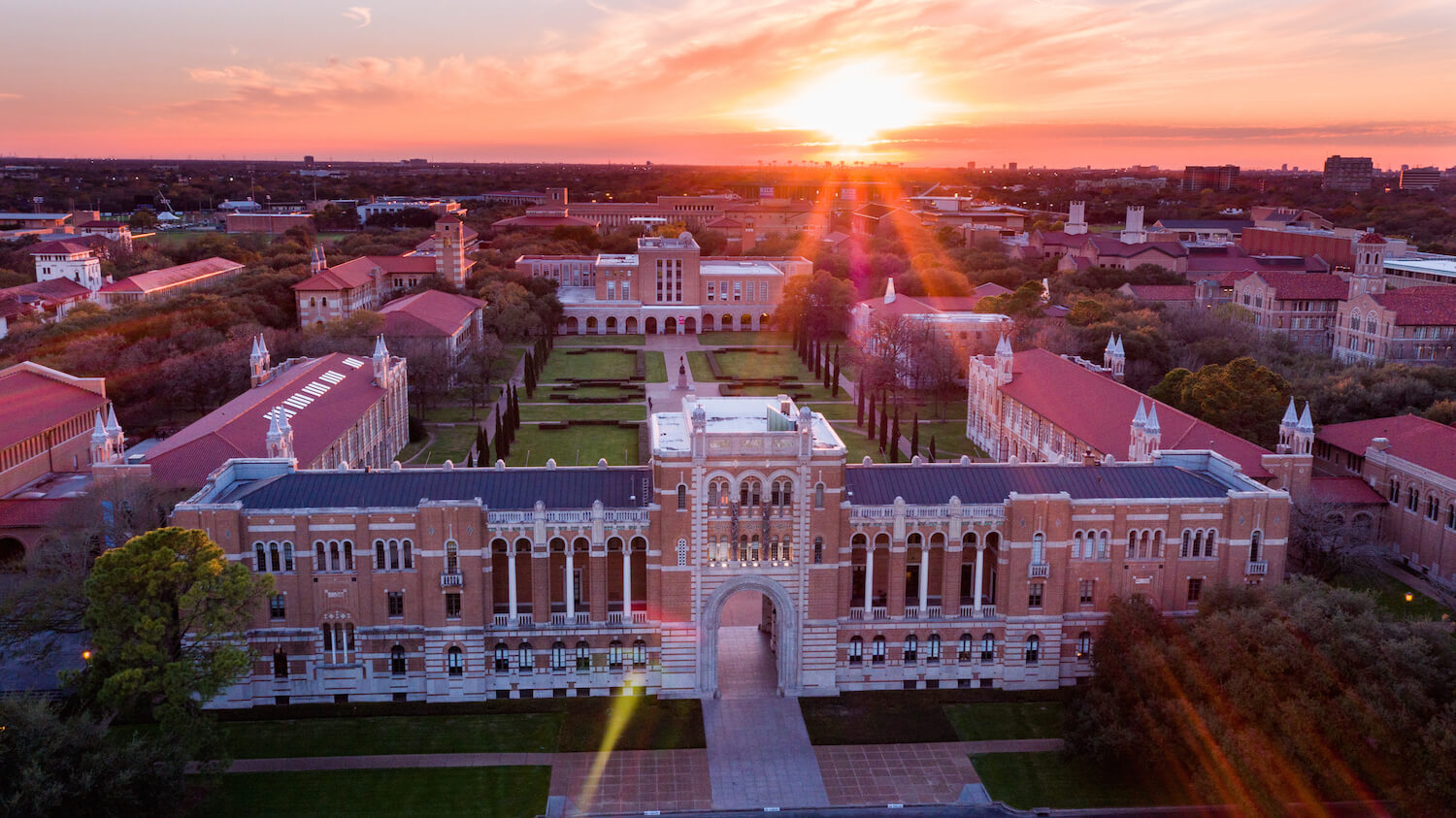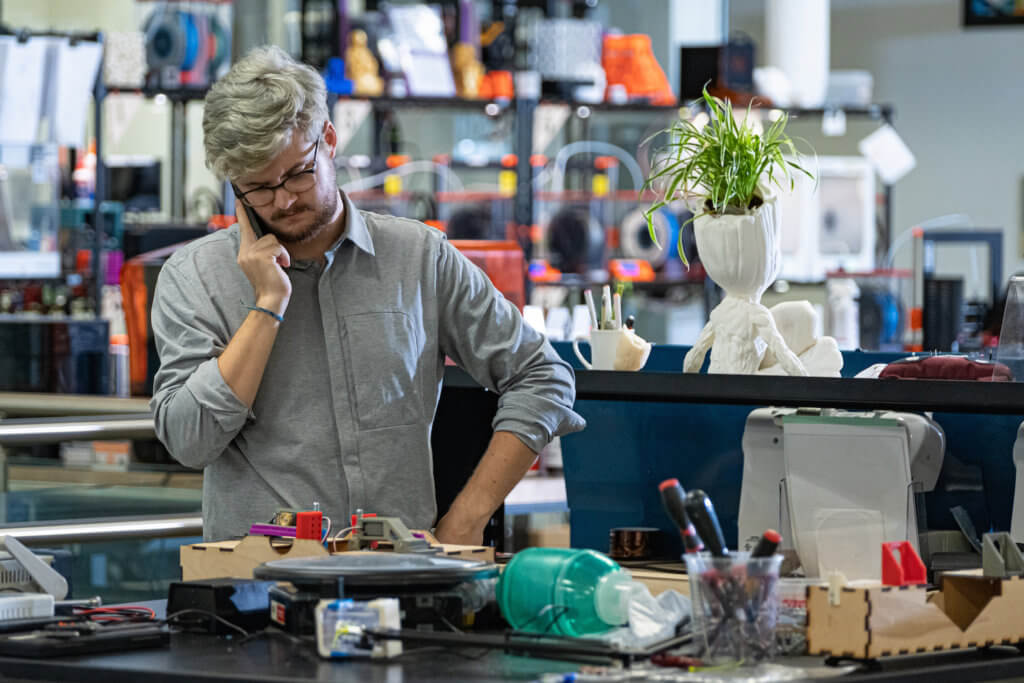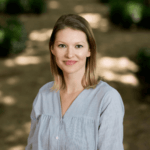Rice University ignites innovation in response to COVID-19 crisis

The Rice University campus may be uncharacteristically quiet these days, but that doesn’t mean its staff and student population are riding out the COVID-19 pandemic idly. In fact, it’s just the opposite.
Since March, when the university announced that classes would shift to online learning for the remainder of the semester, a host of efforts have emerged from assembling care packages for essential employees to engineering lifesaving devices and establishing new research aimed at COVID-19 solutions.
“I have been amazed, but not surprised,” said David Leebron, president of Rice University. “People want to contribute wherever their skills are, whether it’s data science, sociology, understanding differential impacts, maybe even understanding the history of contagions—all things we can learn from. People all over the university, they got themselves settled, we got folks off campus and now what they want to do is say: ‘How can we help?’”
::::::::::::::::::::::::::::::::::::::::::::::::::::::::::::::::::::::::::::::::::::::::::::::::::::::::::::::::::::::::::::::::::::::::::::::::::::
Looking for the latest on the CORONAVIRUS? Read our daily updates HERE.
::::::::::::::::::::::::::::::::::::::::::::::::::::::::::::::::::::::::::::::::::::::::::::::::::::::::::::::::::::::::::::::::::::::::::::::::::::
From across disciplines that appear to be unlikely partners, students and staff members have found ways to contribute. The university’s Moody Center for the Arts has transformed their studio space into a production facility for face shields for medical workers; MBA students at the Jones Graduate School of Business established a business model that provides snacks for clinicians while boosting the local economy; and the Rice Athletics staff put together generous care packages for medical workers across the Texas Medical Center as a gesture of appreciation for work on the front line.
Among one of the most innovative solutions is an automated bag valve mask ventilation unit originally designed by engineering undergraduates at the Oshman Engineering Design Kitchen (OEDK), a dedicated hub for students to design and prototype solutions for real-world engineering challenges. As news of ventilator shortages in areas hit hard by COVID-19 grew, an online video of the unit began growing in popularity, even piquing the interest of the U.S. Department of Defense and the U.S. Navy.
The students who created the original unit have graduated, so an OEDK team collaborated with global health design firm Metric Technologies and reimagined the design so that it was easier to put together as a “do-it-yourself”-type kit.

Rice University senior Thomas Herring led work on the programming and electrical components of the ApolloBVM. (Credit: Jeff Fitlow for Rice University)
“Our technicians got together with one whiz-kid student and decided to redesign it and make it super simple,” said Amy Kavalewitz, OEDK executive director. “Working with Dr. Rohith Malya from Baylor as our advisor, they redesigned it in a way where, if you had the tools and you had the equipment and you had some basic knowledge of how to build a device, you could put one of these together.”
Malya, who is an assistant professor of emergency medicine at Baylor College of Medicine, an adjunct assistant professor of bioengineering at Rice, associate of the Rice 360° Institute for Global Health and a principal at Metric Technologies, worked closely with Danny Blacker, the OEDK’s engineering design supervisor for the mechanical efforts, and Rice University senior Thomas Herring, who led work on the programming and electrical components.
Named the ApolloBVM (BVM stands for bag valve mask), the device is not intended to be used in place of a ventilator when one is available, but rather as a bridge device. While typical bag valve masks pump air into the lungs by hand, this device is automated—making it highly desirable for patients in need of continuous support.
In early April, the team published instructions for the unit online for anyone who wished to build one. The cost for the parts is less than $300. Kavalewitz said that since making the plans public, more than 2,000 people from 105 different countries have registered for the download.
“In the U.S., we’re pretty fortunate in a lot of ways because there are a lot of people that are going to be able to generate supplement-type ventilators to help the COVID efforts here, but there is a real worry about the global impact this is having—and there are many communities with hospitals that don’t have ventilators at all,” Kavalewitz said. “We say all the time that if this device helps one person survive, then every bit of this effort was worth it.”
She added that the OEDK and Metric Technologies are looking at compiling a kit for individuals without access to the raw supplies, especially those in low-resource settings who may not have 3D printers.
To further support research across disciplines, Rice has also created a COVID-19 Research Fund to help provide grants for Rice faculty working on COVID-related work, especially efforts geared toward accelerating research or the production of materials or reagents that would have immediate impact on the Houston community. The fund has already awarded an initial round of grants for projects focused on developing affordable diagnostic tools, advanced surgical masks, coronavirus detection methods in wastewater and voter safety.
The university also opened two dormitories for Texas Medical Center personnel who need to be in close proximity to their institutions. In a message to the Rice community on April 5, Leebron wrote that the Wiess and Hanszen residential colleges will enable TMC workers to live near their assignments while working the necessary hours during the crisis while offering a better opportunity for rest. The colleges are connected and are almost directly across the street from several TMC institutions.
“This was a circumstance in which we thought we had to step in and do what we could to help the people who are really sacrificing to deliver the necessary care to treat the increasing number of victims of COVID-19,” Leebron said. “We feel very privileged to be here in Houston. We feel privileged to be part of the Texas Medical Center. And even though we don’t provide medical care, we do think we have things we can contribute and that’s what we’re doing.”




